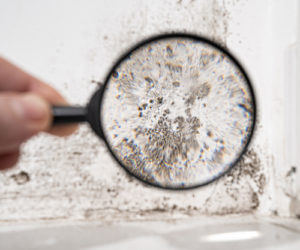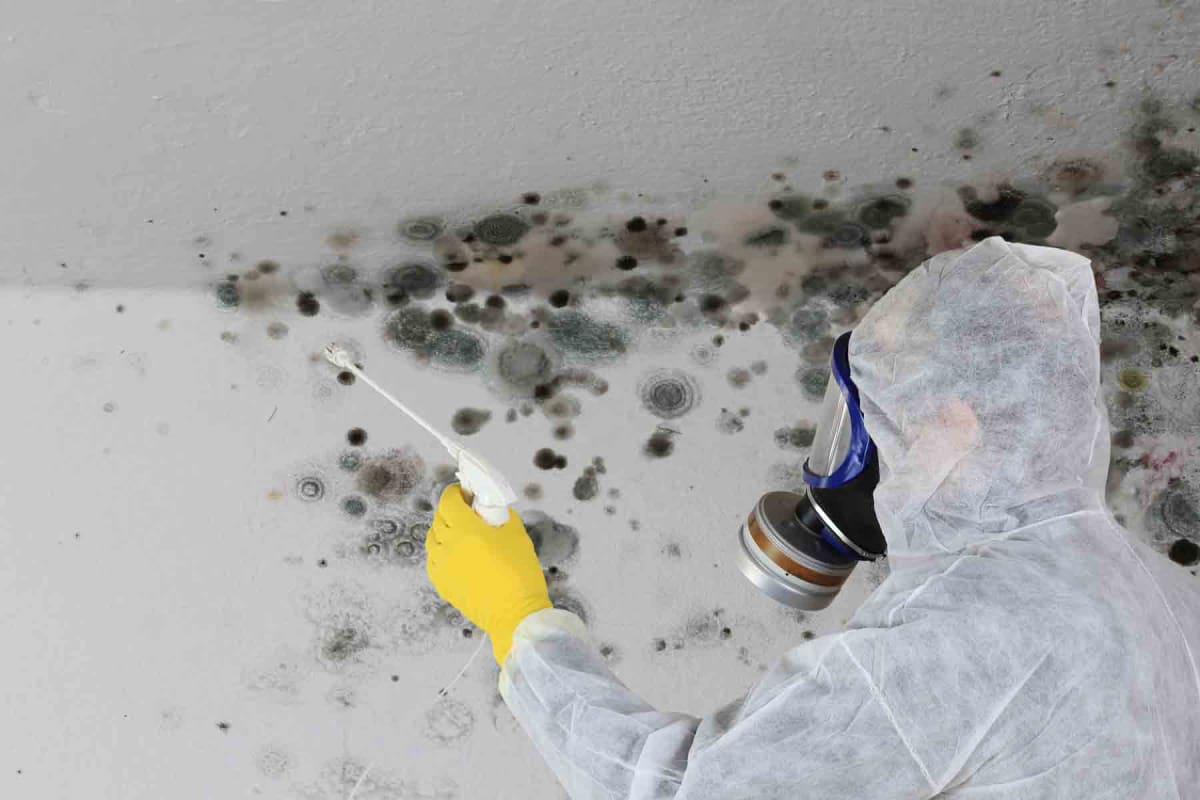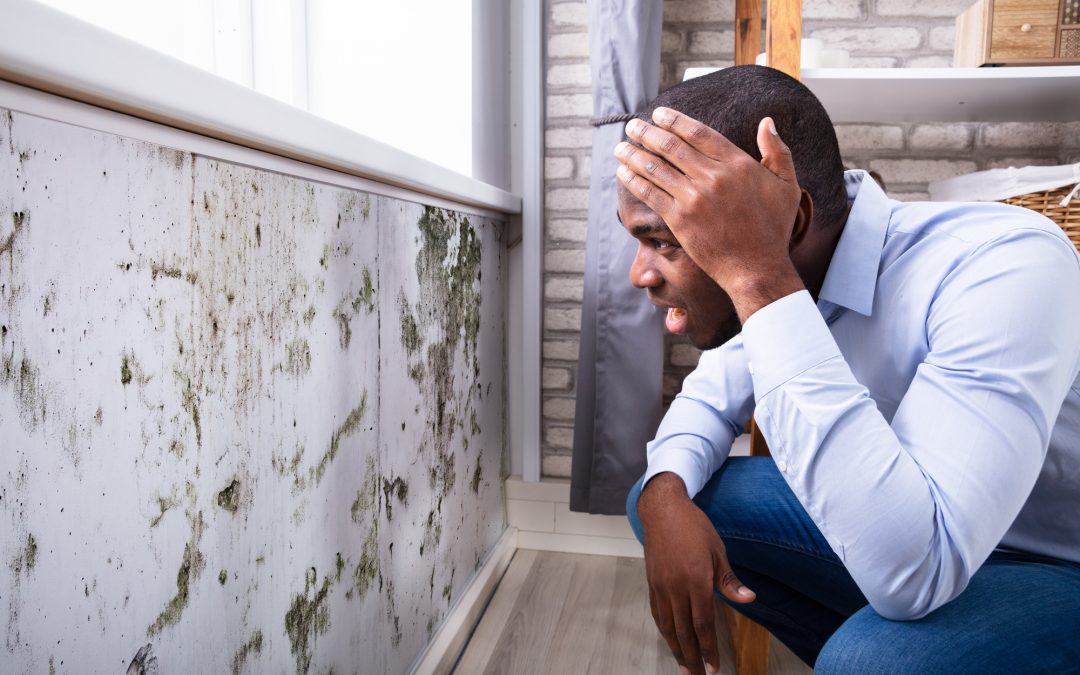Your Ultimate Guide to Post Mold And Mildew Remediation Strategies
Browsing the world of post-mold remediation strategies is a precise process that requires attention to information and a thorough understanding of the complexities included. In the aftermath of mold infestation, knowing just how to effectively remove the mold and mildew and prevent its reoccurrence is vital for preserving a healthy and balanced indoor atmosphere. From selecting the ideal cleansing and decontaminating approaches to implementing methods for long-lasting mold prevention, each step in the removal trip plays a crucial function in guaranteeing an effective end result. As we get started on this expedition of post-mold remediation strategies, we will certainly discover the crucial techniques and finest techniques that can help you restore your area to its pre-mold problem and safeguard it against future mold and mildew threats.
Understanding Post-Mold Remediation Process
After completing the mold and mildew remediation procedure, it is essential to comprehend the post-mold removal strategies that are necessary to make sure a complete and reliable clean-up. As soon as the mold and mildew has actually been eliminated, the next step entails cleaning and decontaminating the influenced locations to protect against any regrowth of mold and mildew.
Additionally, carrying out a final examination post-remediation is essential to ensure that all mold has been efficiently gotten rid of. This inspection needs to involve a complete visual check along with potentially air tasting to validate the absence of mold and mildew spores airborne. If the assessment exposes any lingering mold and mildew, additional removal may be essential. Lastly, enlightening passengers on safety nets such as controlling dampness degrees and immediately resolving any kind of water leakages can help keep a mold-free environment.
Effective Cleansing and Disinfecting Techniques

Stopping Future Mold And Mildew Development

Significance of Proper Air Flow
Correct ventilation plays an essential duty in preventing wetness buildup, a crucial element in mold growth within interior environments. Reliable air flow systems aid eliminate excess humidity from the air, reducing the possibilities of mold and mildew spores locating the dampness they require to spread and germinate. Without sufficient ventilation, indoor rooms can become a breeding place for mold, causing potential health and wellness dangers and structural damages.
By making sure correct air flow, ventilation systems can additionally aid in drying out wet areas faster after water damages or flooding incidents, even more discouraging mold development. Post Remediation verification. In rooms like bathrooms, cellars, kitchens, and attic rooms where moisture degrees have a tendency to be higher, installing and maintaining reliable ventilation systems is essential in preventing mold problems

Surveillance and Upkeep Tips
Given the critical duty that proper ventilation plays in stopping mold growth, it is imperative to establish reliable tracking and maintenance ideas to guarantee the continued functionality of ventilation systems. Surveillance humidity degrees within the property is additionally vital, as high moisture can add to mold read more and mildew development. By staying mindful and aggressive to the problem of ventilation systems, home proprietors can successfully minimize the threat of mold regrowth and maintain a healthy indoor environment.
Conclusion
In conclusion, post-mold removal strategies are necessary for guaranteeing a secure and tidy setting. Comprehending the procedure, applying reliable cleansing and decontaminating methods, stopping future mold and mildew growth, preserving correct ventilation, and routine tracking are all critical steps in the remediation procedure. By following these guidelines, you can successfully remove mold and prevent its return, working or advertising a healthy and balanced living space for all residents.
In the after-effects of mold infestation, understanding exactly how to successfully remove the mold and stop its reoccurrence is vital for maintaining a healthy and balanced indoor environment. When the mold and mildew has actually been eliminated, the next step involves cleansing and disinfecting the influenced areas to avoid any regrowth of mold - testing air quality after mold remediation. After getting rid of noticeable mold and mildew growth, it is important to clean up all surface areas in the affected area to get rid of any remaining mold spores. To further boost mold prevention actions, it is necessary to resolve underlying issues that initially led to mold and mildew development.Offered the critical function that proper ventilation plays in protecting against mold and mildew growth, it is critical to establish effective tracking and upkeep pointers to make certain the continued performance of ventilation systems